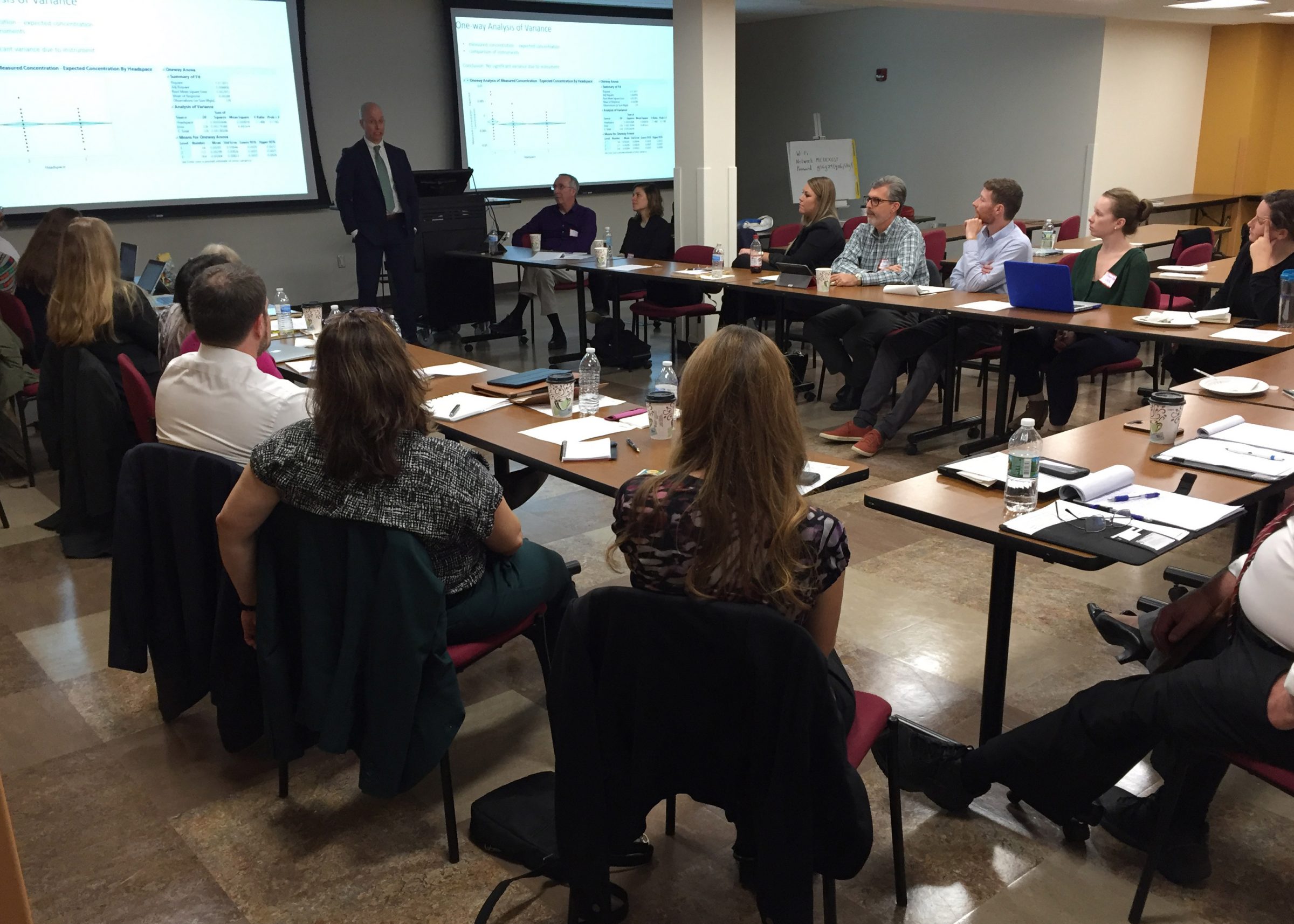This CSAFE Center Wide webinar was presented on July 18, 2019 by Dr. Robin Mejia, CSAFE researcher at Carnegie Mellon University. Dr. Mejia provided presentation slides.
Presentation Description:
Blind proficiency testing is a norm or requirement in many scientific fields. However, forensic laboratories primarily rely on open proficiency tests from vendors such as Collaborative Testing Services, Inc. or Forensic Assurance. In open proficiency tests, examiners know they are being tested, and the test targets a specific step in the evidence handling and analysis pipeline. In blind proficiency tests, examiners are unaware they are being tested and, as the sample moves through the laboratory’s evidence handling and management pipeline, it can provide data on the entire process from evidence submission to analyst report. Studies in other fields have shown that laboratories often perform differently on open and blind proficiency tests. A growing number of voices within the community of forensic quality managers and some laboratory directors have expressed interest in implementing blind testing in addition to open proficiency tests. However, implementing blind proficiency testing is logistically challenging, and takes both time and money, neither of which tend to be in surplus at forensic laboratories. This webinar will report on the CSAFE 2018 Blinding Workshop, highlighting experiences, issues, and best practices for laboratories implementing blinding.


